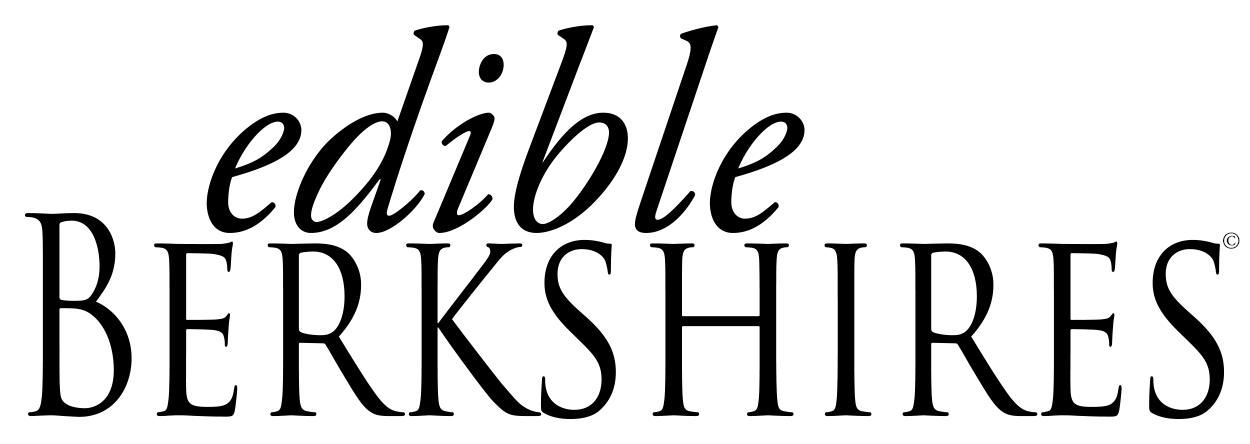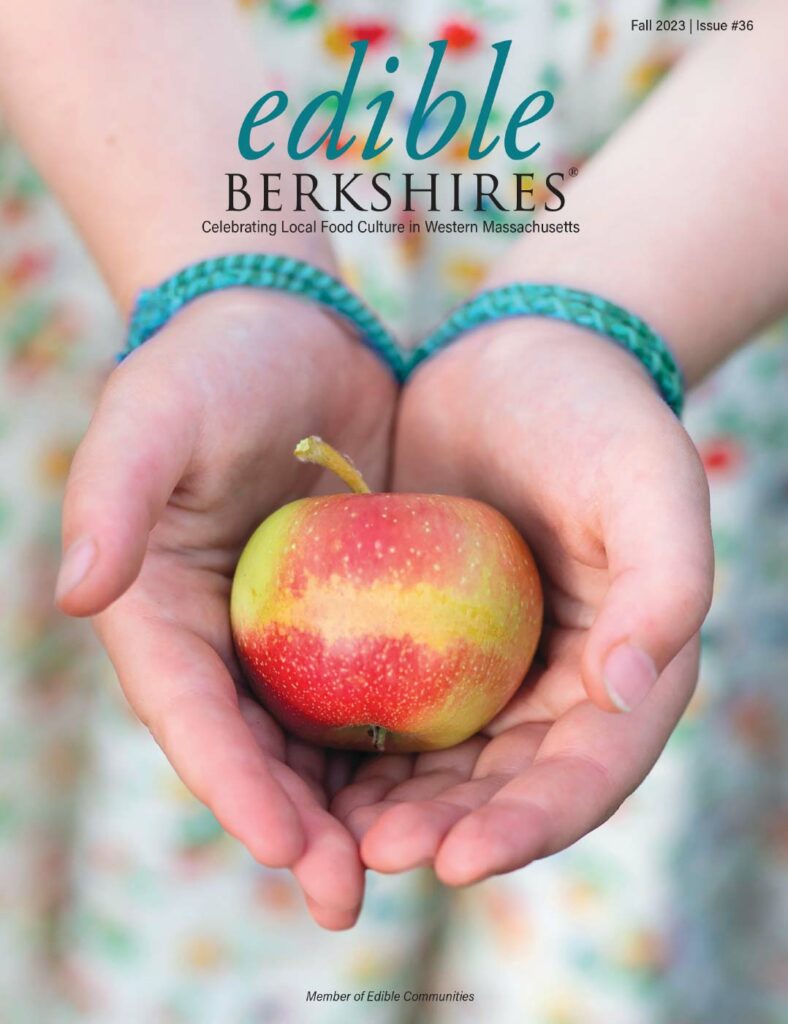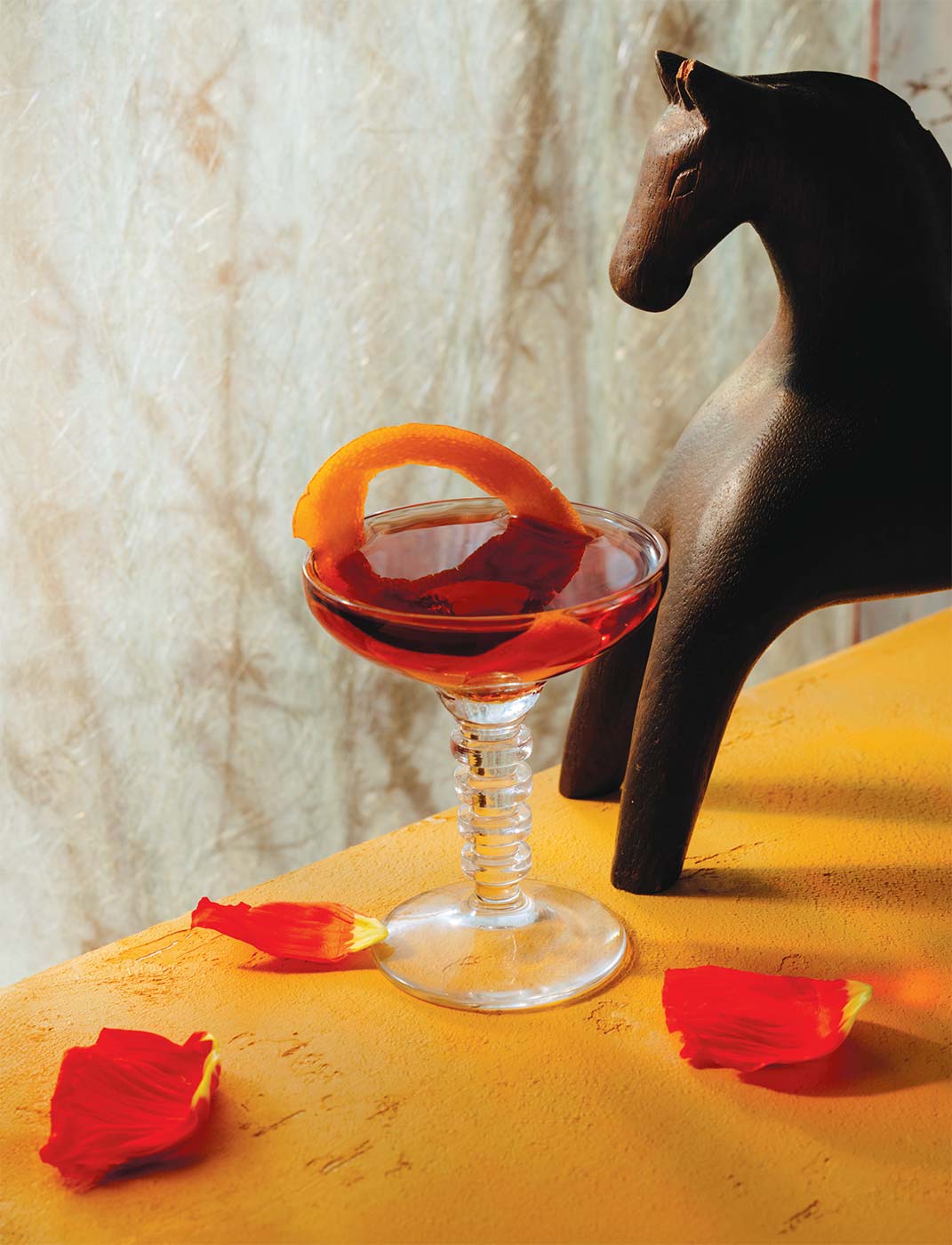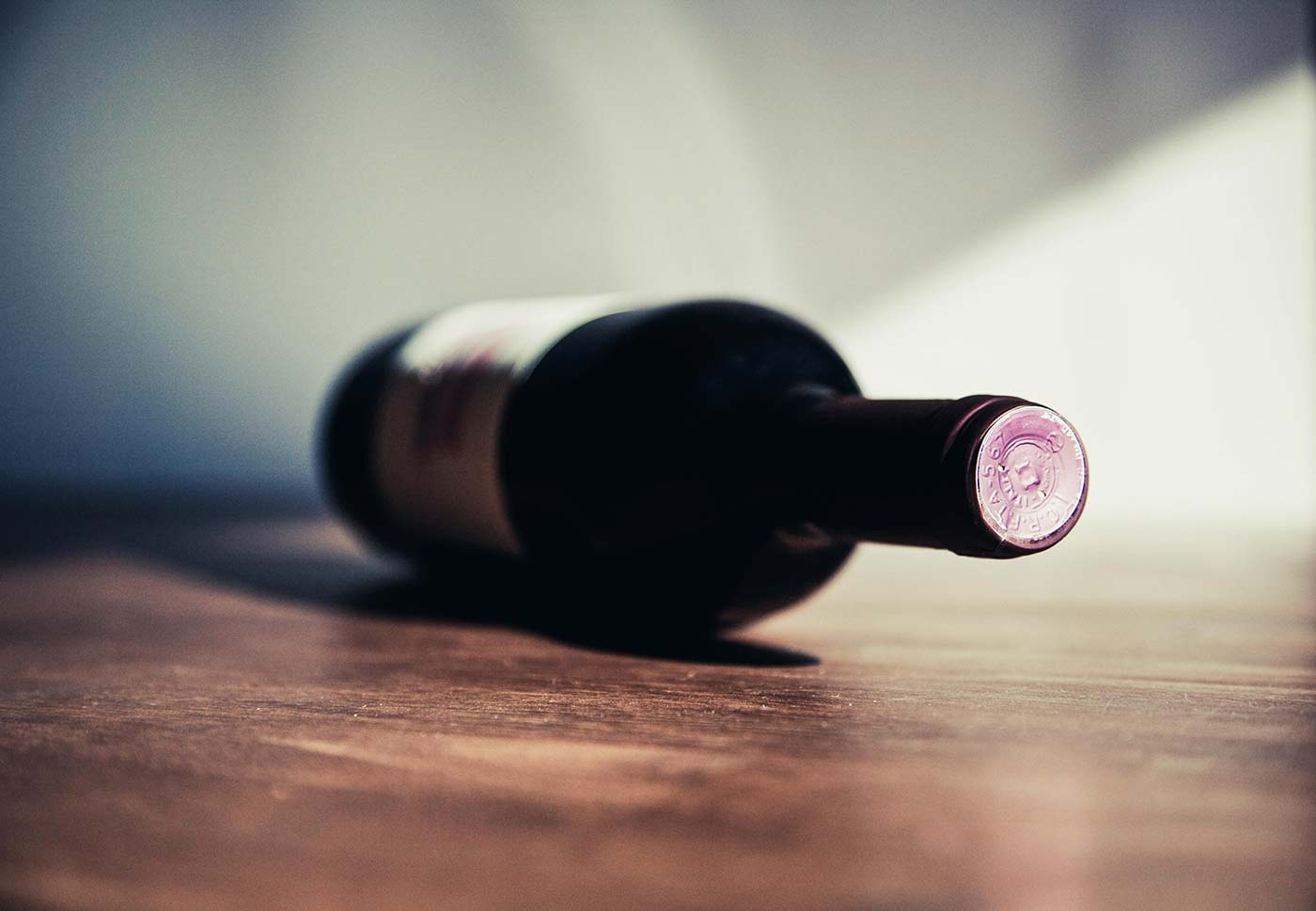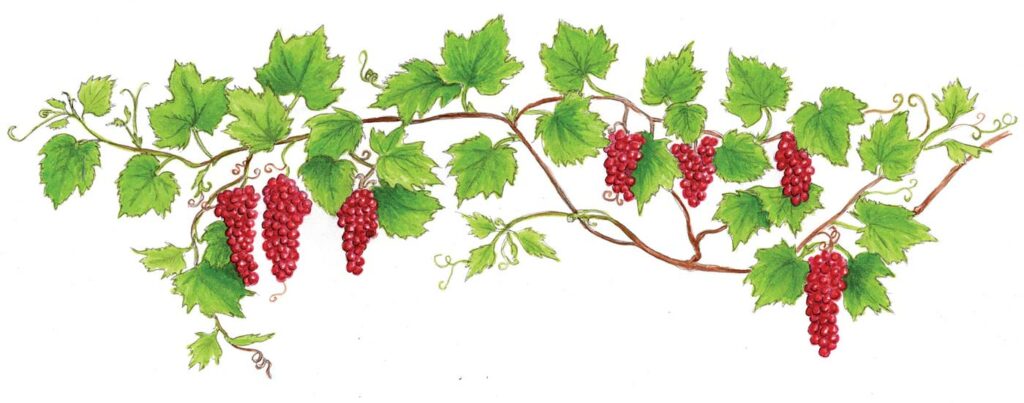
“Food and wine. Decide which is the soloist, which the accompanist.” —Michael Broadbent
I really like this quote from the famed wine critic Michael Broadbent: If the pairing works, the wine and the food will enhance and support each other and taste better than if consumed separately. However, if the pairing does not work, the food and the wine will fight; one will overpower the other and the overall experience will be disappointing. If you are at Tanglewood for a picnic on a hot summer evening, an aged Cabernet Sauvignon will be overwhelming to any picnic food, no matter how elegant! It’s much better to stick to light reds, fresh whites, or rosés.
In general, a simple rule of thumb is that white wines pair best with light-intensity meats (such as fish or chicken) and full-bodied red wines are best balanced with heavier, fattier meats (such as beef or game). But here I will discuss some other options and offer simple guidelines for perfect pairings that will make your next meal memorable.
- Context matters
Your best friend’s perfect pairing may not be yours. This is because your taste is influenced by three things:
Genetics: Genetics drives your perception of taste. For example, your tolerance for sweetness, bitterness, acidity, or spices. I am sure you know someone who finds some flavors unbearable, who will leave the room when they smell cabbage, or who find the taste of cilantro dreadfully “soapy” (as Julia Child did).
Your food culture: The way you ate growing up influences your sense of “good food” and will influence your sense of “good pairing.” For example, northern European cultures have a negative perception of garlic. Similarly, Mediterranean culture considers cream or butter sauces too rich. French people visiting the U.S. are often astounded by the quantity of cinnamon used in pastries. The structure of the family meal also influences your taste. A sit-down family dinner will call for a different wine pairing than a quick meal in front of the TV. Flavors and smells trigger memories—good and bad.
The season: Seasons influence our perception of wine: A summer drink on the porch or a winter drink by the fireplace? The wine that complements a hamburger in the backyard with friends and family is not likely to be the same wine you will enjoy with a hearty stew on a cold winter evening.
- Complement or contrast
Some wines will enhance the food by complementing it because they are very similar in flavor profile. For example, a light red wine, like a Gamay from Beaujolais (France) or a lightly sparkling Lambrusco from Emilia-Romagna (Italy), will be a nice complement to a summer dish like a grilled chicken breast; while a full-bodied red wine, like a Malbec from Mendoza (Argentina) or a Cabernet Sauvignon from Rutherford or Calistoga (Napa, California) will be a match for a winter beef stew. A rich pasta and tomato sauce dish will call for a Sangiovese wine from Tuscany, like a Chianti Classico. A buttery Chardonnay, from Santa Barbara County (California) can be served with a cream sauce dish, and a dry Muscadet from the Loire Valley (France), with hints of citrus, will be perfect with a shellfish dish. The problem with complementing wine with your dish is that it can easily bore the palate.
Some wines enhance the food by contrasting with it. Start by considering the food first and the flavors in that dish. Then choose a wine that contrasts. For example, a sweet white wine, like Sauterne (Bordeaux, France) or a sweet Hungarian Tokaji, quiets a strong, salty blue cheese like Roquefort or Stilton. And a light red wine, like the above-mentioned Gamay, accents the flavors of a grilled trout or tilapia. Look for the missing flavors and then find a wine that offers those contrasting flavors.
- What grows together, goes together
If you want to create a special experience for dinner guests, serve a local wine with the corresponding regional food. The French call this affinity terroir, which means a sense of place. The word literally means earth or soil. The recipe and wine would need to come from the same place for the best culinary match. Here are some examples:
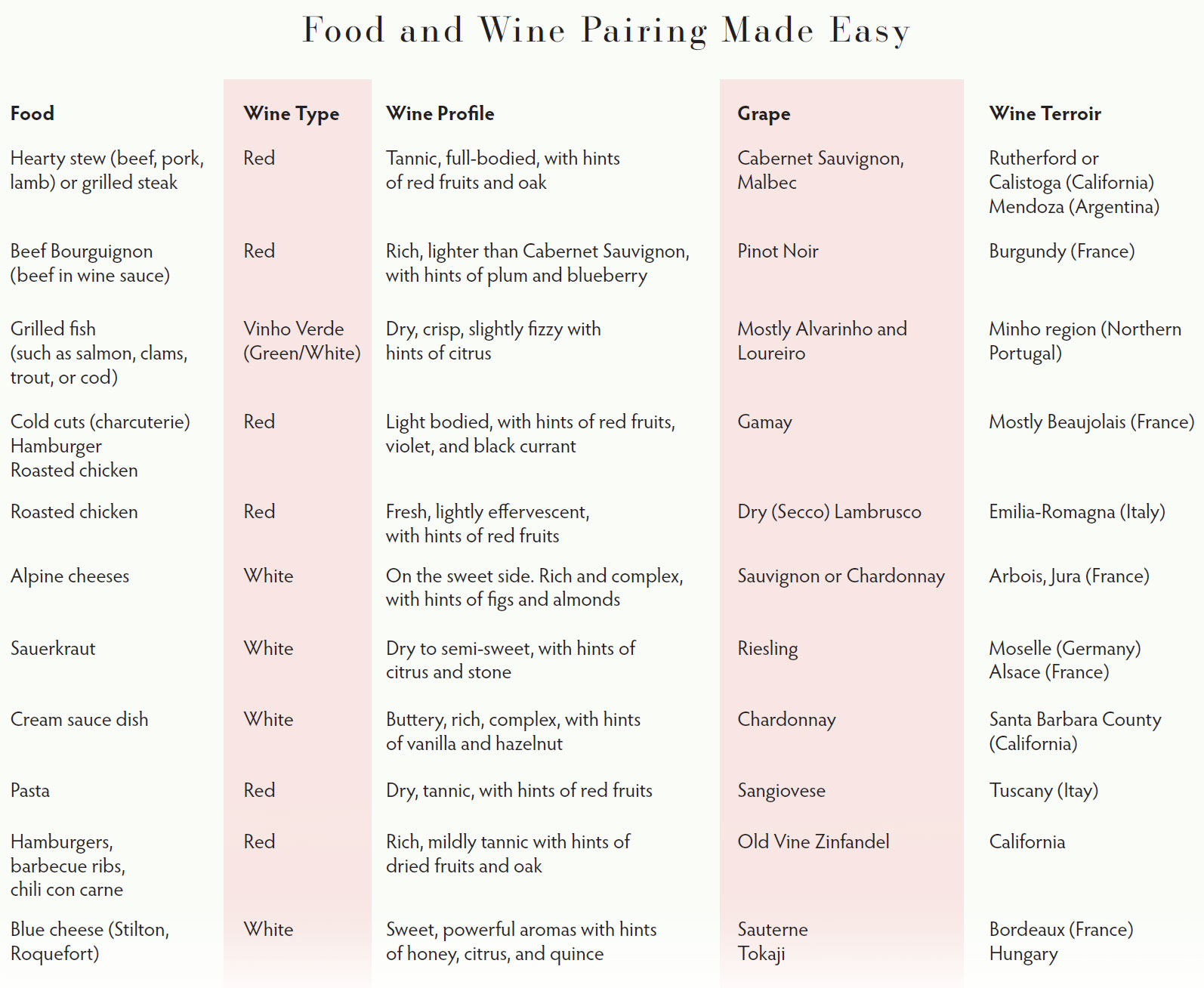
A lightly fizzy Vinho Verde from the northwest coast of the Minho region in Portugal is a crisp low-alcohol wine that is superb when served slightly chilled with grilled fish or shellfish dishes, such as Atlantic salmon, trout, or clams. You will almost hear the waves crashing along the rocky cliff s when sipping on this wine. Cod, which is part of Portugal’s culinary heritage, is also excellent with vinho verde.
A hearty red Pinot Noir from Burgundy, France (like Macon or Pommard) works perfectly with the classic local stew, Beef Bourguignon.
A good Gamay such as Chiroubles or Brouilly, from the Beaujolais region (France), is packed with aromas of cherries, black currant, and hints of hibiscus, that provide a beautiful aroma that pairs nicely with charcuteries (cold cuts), a specialty of the nearby city of Lyon, France.
A German Riesling is a wonderful dry white wine to serve with pork and sausage, sauerkraut baked with apples, and juniper berries. The acidity of the sauerkraut creates a lovely balance of flavors that brings out the best in all ingredients and makes the juniper berries burst with flavor between bites.
A white wine from Jura (France), along the Swiss border, served with Alpine cheeses such as Comté, Emmental, or Gruyere with a few candied walnuts on the side, provides a true gourmet delight. Considered a prestigious wine because of its scarcity, a white Jura such as Arbois, with a cheese board will make an elegant appetizer at a party.
Lastly, try a heavenly combination: a bold “Old Vine” Red Zinfandel from California with hamburgers, barbecued baby back ribs, or even a bowl of chili con carne.
The whole dining experience is more enjoyable when food and wine are paired well. The right combinations bring out the flavor and create harmony in your dinner. Bon appétit!
